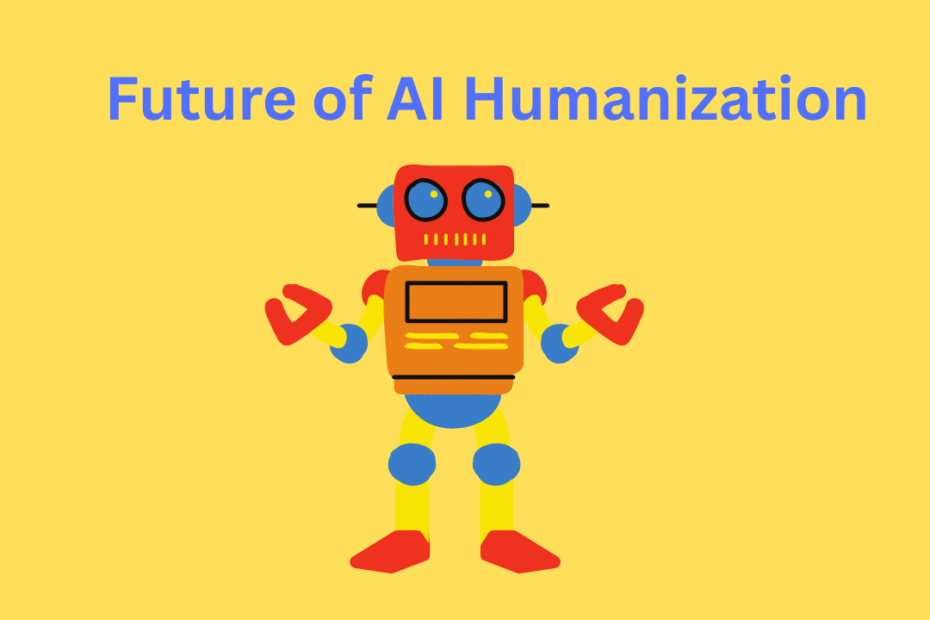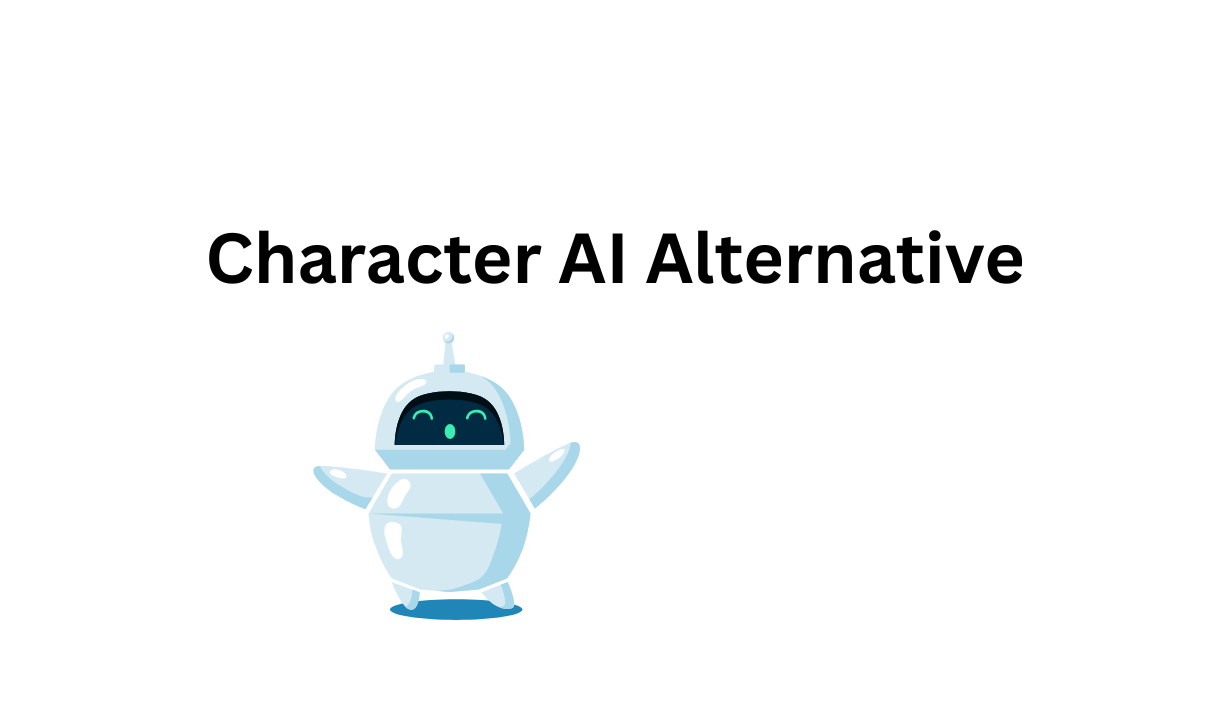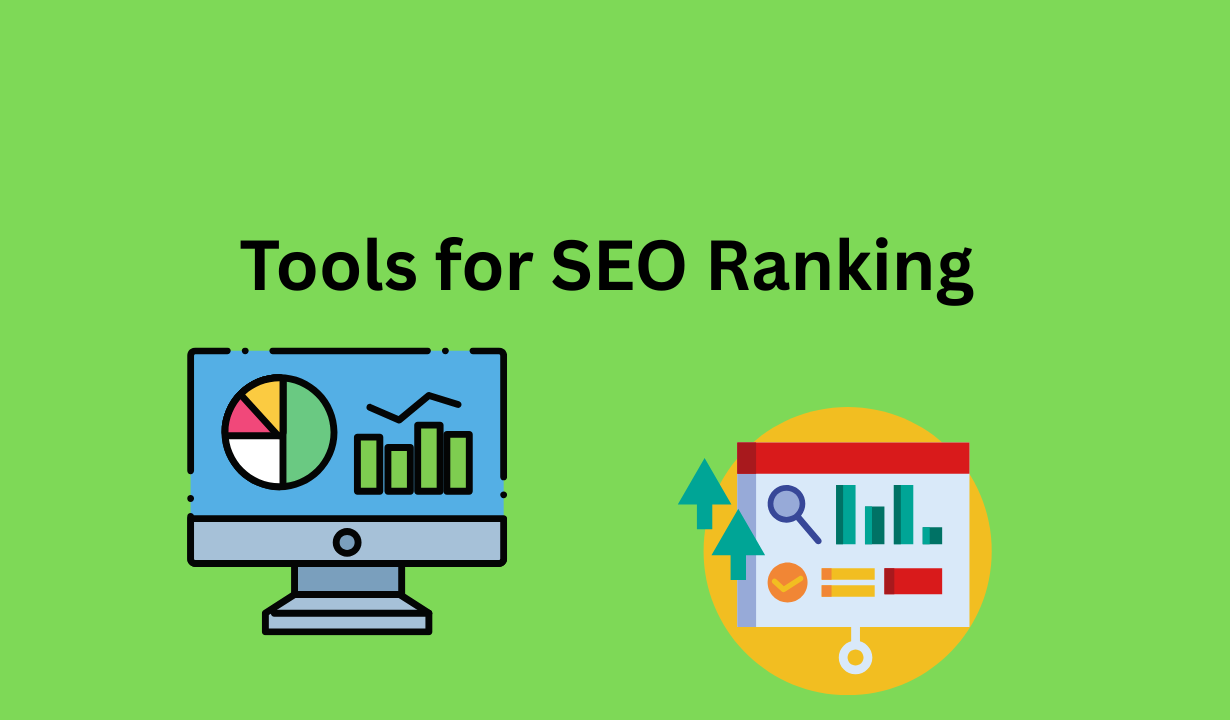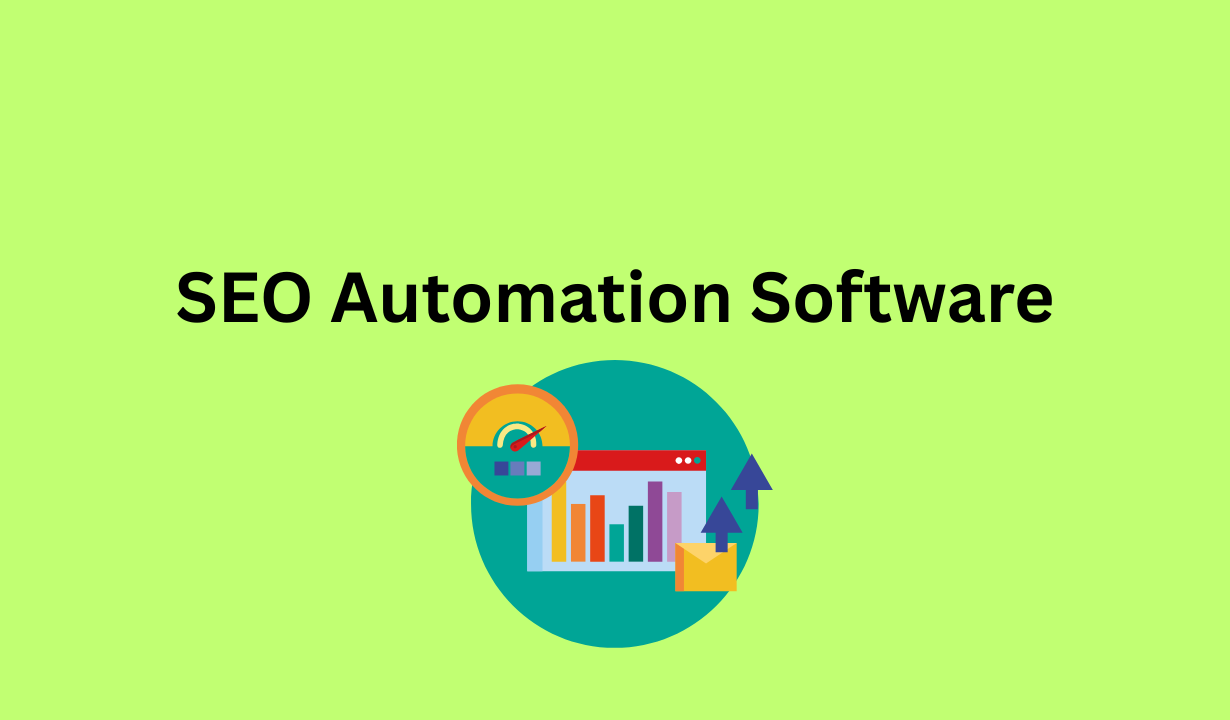So, this is what’s coming next: AI that starts to feel a lot more like us-machine’s that don’t just make things happen, but that speak and act in ways that feel familiar, and let’s face it, a little creepy.
Future of AI Humanization: AI will not only be something you interact with in daily life, but will also show a glimmer of creativity, excitement, even a spark of other distinct abilities and understanding beyond code. Consider talking to a machine which doesn’t just give you feedback, but understands your mood or tells a joke at the appropriate time.
AI’s getting smarter, no doubt. It’s sneaking into positions where there should be empathy and judgment, not just automation.
We’ve got maids that multitask, medical instruments that can come up with diagnoses that are strangely on point, and art machines that can generate content meaningfully human-like. The secret? Maintaining the right ratio of efficient automation to authentic human connection – because let’s be honest, if AI gets too clinical and robot-like then who is going to trust that?
Best AI Humanizer Tools-My Ultimate List
Future of AI Humanization in 2026
The point of AI humanization is to let machines try to “understand” us – not just our words, but our expressions of certain things, and perhaps the underlying intentions that motivate.
It requires a combination of technical wizardry, and emotional and social smarts. And honestly, it’s good to understand the distinctions between everyday AI, more ambitious AGI, and near- science fiction ASI.
What Humanization Means in AI
When we say that the AI should be humanized, we are saying that the machines can empathize, read a room, socialize gracefully.
Within the next decade, AI “will listen to tone, see the expressions on your face, and know the context at a level where the conversation does not feel like talking to a wall”.
With such enhancements, AI is more than just coming to check things off your to-do list. For healthcare, AI can also just be a way to let doctors spend more time with patients, while machines crunch the data. Human-like AI seeks to enhance creativity, empathy, and that ever-so-rare emotional connection we all desire from our tech.
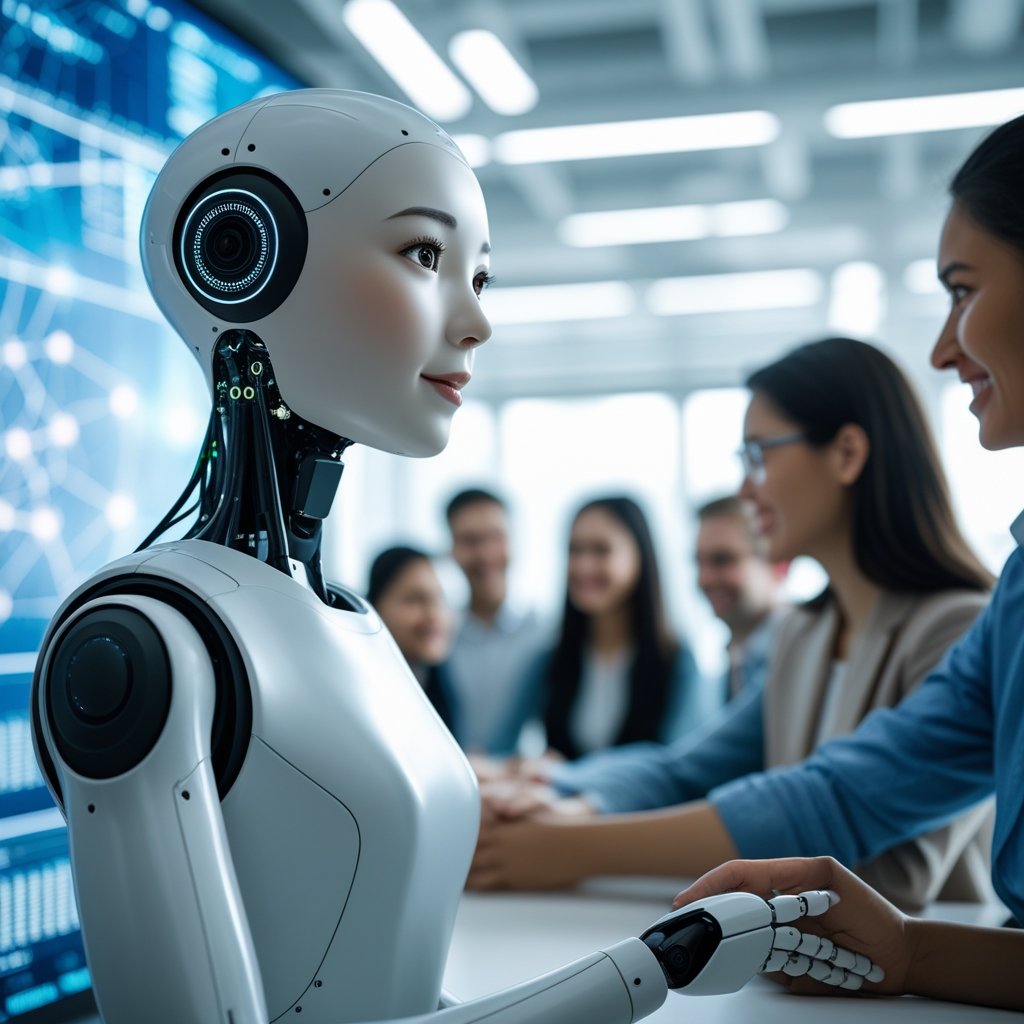
Differences Between AI, AGI, and ASI
Currently, Artificial Intelligence (AI) often refers to narrow intelligence systems, that are good at performing one specific task or operation, such as language translation or image recognition .
Artificial General Intelligence (AGI) is the dream – machines that can learn and reason across a wide variety of tasks somewhat like a person. We are not there yet, but perhaps setting our sights on 2026.
Then Artificial Superintelligence (ASI) is the wild card- AI that is smarter than any human in every way. Of course it is still only an idea, but it brings about some thermogenic debate on ethics and control.
| – Term | Description. | Status (as of 2025) |
|---|---|---|
| AI | Specialized systems doing specific, limited tasks | Commonly used |
| Artificial General Intelligence (AGI) | Human-like general learning and cognitive abilities | At the developmental stage |
| ASI (Artificial Superintelligence) | Intelligence well beyond that of humans | theoretical, and an idea for the future |
Technological Breakthroughs Driving Human-Like AI
In the last few years, AI has begun to, in a sense, think, talk and behave almost like, well, a person.
The advancements made in language, image and video generation, and decision-making have really pushed the barrier. And it’s all coming from better model designs, new training tricks, and improved ways to knit these systems together.
State of AI in 2025: Foundation for 2026
Towards 2025, LLMs had begun to produce coherent text irrespective of content . These models underpin the next generation of software assistants and writing, coding, and research tools.
AI technologies started to incorporate retrieval-augmented generation (RAG) that consists in providing real-time data along with pre-trained models to produce more accurate and updated answers. It reduced errors and made AI more reliable.
There was also more of a movement of people toward enhanced practices of privacy and ethics in 2025, and so using AI did not seem so dangerous . These will be the necessary passages to get us to the victories next in 2026.
Emergence of Advanced Large Language Models
LLMs in 2026 can remember more context for longer and can reason better and run more efficiently. In fact they are able to have long conversations and remember things you told them months ago.
They are also finally figuring out nuance, sarcasm, emotion, that sort of thing. Today, a conversational AI can at least give an emotionally meaningful or even empathetic-sounding response.
Now training is also more based upon human values, and you see less of those biased or weird outputs. In addition to their use with other software to automate actions these LLMs are far more than chatbots.
Evolution of Multimodal AI
C omplex A I uttility function is used to represent a utility function for complex A.I . systems that can manipulate text, images, audio, and video . Explicitly, it reflects the goals of multimodal A.I whose outputs are much more interesting because they consist of text plus images plus audio plus video, in ways that feel “richer” and more like real life .
By 2026, AI can create movies with plots that change according to your choices . That disrupts entertainment, education, and even marketing.
Even healthcare is hopping on, with AI analyzing medical images paired with patient records and aiding doctors in making more confident calls. The increasing power of these tools grows exponentially with the number of different types of data you combine.
Rise of Autonomous AI Agents
Now AI agents no longer are just reactive chatbots. They are independent helpers; take the opportunity to manage your intricate, multi-step task without being overseen.
These agents “reason, consult other applications, and alter their approach when conditions change” . They are being proactive and working toward the long term.
The industries being affected – across customer service, gaming, and research – all stand to benefit from highly functioning AI agents that can operate autonomously, while at the same time being team players with people.
Natural Interaction and Emotional Intelligence
Future of AI Humanization will boost emotional intelligence. Finally – AI gets how we communicate and emote. Machines that are capable of responding in contextually relevant ways rather than just with a string of preprogrammed responses.
The possibility for more meaningful discussions assuming machines with emotional intelligence can lead to artificial social cohesion as well. It’s not ideal, but it is improving.
Conversational AI and Contextual Understanding
Conversational AI depends on advanced NLP to truly understand not only the words, but the meaning, the tone, the context, the meaning.
Look at how Microsoft Copilot operates, an use is tricks to make sense of requests and produce content that is actually helpful.
Context means storing past conversations so that the assistant can contextualize future conversations and not make you repeat yourself. This memory also allows AI tutors to tailor their explanations to what you’ve had difficulty with in the past.
Emotion Recognition and Social Skills
Artificial intelligence is increasingly adept at discerning emotions in everything from your voice to your face to your texts. It can detect much more quickly frustration, excitement, or confusion now.
When AI detects you’re feeling sad, it can comfort you, or if you’re confused, offer reassurance. Social skills are having empathy for you or knowing when to transfer you to a live person- primarily in call centers, or healthcare, where you are probably going to get upset.
In other words, AI companions are beginning to trust them by sensing them. To me that is huge.
Adaptive AI Companions and Assistants
These same AI-companions and helpers begin to learn your “worthless idiosyncracies” over time- what you do regularly, what your favorite things are, how you like to talk. They’re more like personal copilots or tutors, which is pretty wild.
Being flexible they are more functional, for example in managing your agenda or in teaching you something new. They can even sense when you are under stress and change how they interact, such as by moving more slowly if you seem confused.
By merging emotional information with your profile, these systems can provide proactive support as opposed to static support that is waiting for you to call on it.
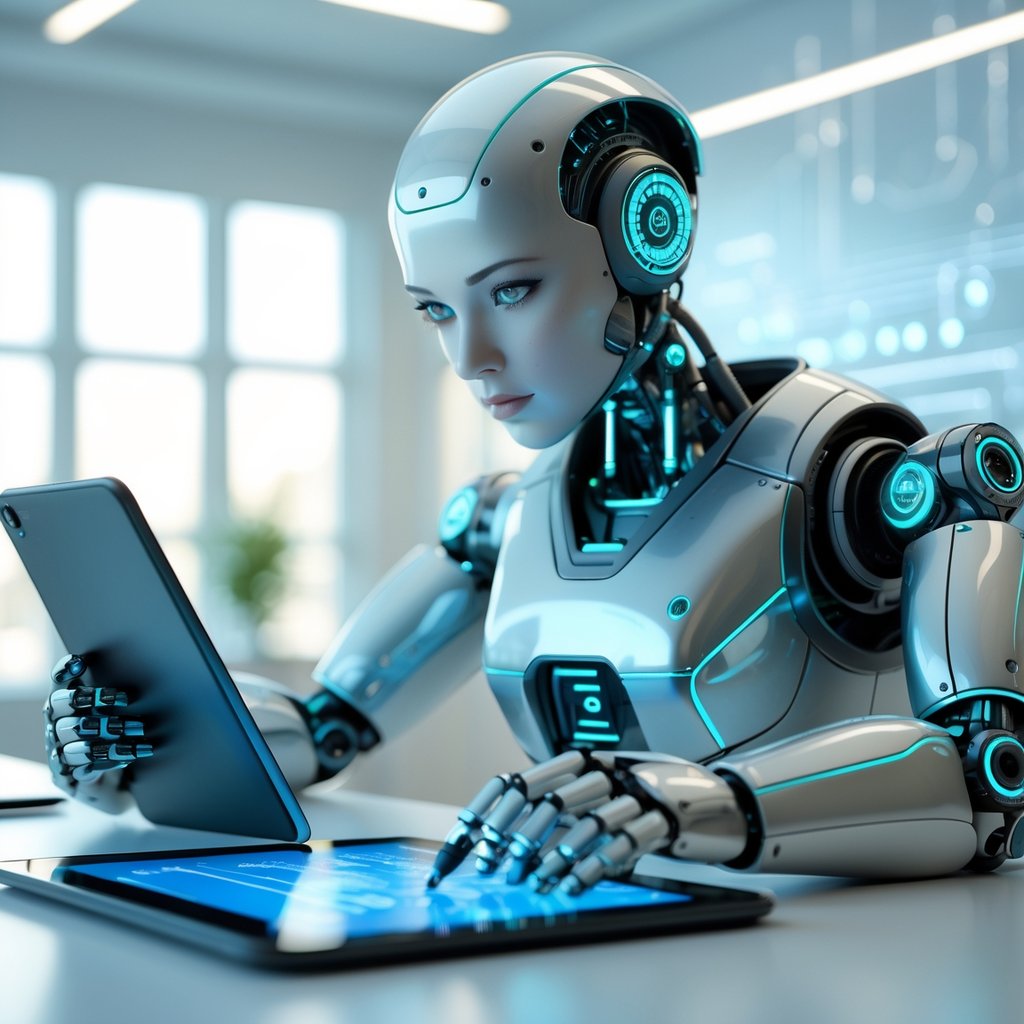
Major Players and Emerging Tools in AI Humanization
The effort to make AI more like a being than a thing is being led by some of the biggest names – as well as a few upstarts. It’s getting a bit crowded in the space, as the demand by businesses is for AI that does not sound like a robot.
Key AI Companies and Tech Giants
Among the the movers’ are OpenAI, Microsoft, Google, Amazon and a company called Anthropic. OpenAI also achieves the remarkable feat of allowing for relatively natural and even empathetic conversation in their language models.
Microsoft on embedding AI into cloud and productivity products in order to make it useful, and conversational. Google continues to innovate in attempts to understand language, while Amazon is working to train Alexa, and customer service bots, to be smarter. Anthropic is working on moral, aligned AI that honors and respects human values.
These organizations are investing heavily in the development of more intelligible and reputable forms of AI communication. It’s a competition, and no one wants to lose.
Innovative AI Products and Platforms
There are increasing sets of tools for making AI content read like content from an actual human . AI-humanizer platforms help writers create an emotional punch and unnatural clarity.
Many virtual assistants, chatbots, and AI writing aids are now trained on contextual emotional reads rather than just grammar. Some of the tools even allow you to set the tone, so businesses can stay personal at scale.
While other initiatives transcribe spoken lectures into on-the-fly notes that can be read, substances such as these; make communications more…human . The Objective? Add a pinch of emotional intelligence to machine speed.
The Expanding AI Market
The demand for AI that feels and acts like a human is staggering- everyone wants faster, more engaging, and less robotic responses.
Startups and other big players are scrambling to add smarter, more human- like capabilities. Moreover, investors are placing their bets on automation- empathy hybrids like bias detection and content adaptation.
Now, with more choices available to them, organizations can begin to customize their AI strategies to allow for personalization without sacrificing efficiency.
Societal Impact and Industry Applications
The broader impact on industries and our daily lives of what AI is doing. Health, education, work- everywhere you turn, AI tools are enhancing productivity, accuracy, and customization.
AI in Healthcare and Wellness
Healthcare’s shift towards using AI for predictive analytics, and, to some extent, automating the boring stuff. Better AI diagnoses diseases before they require ICU care, leading to better outcomes .
Less room for error with robotic surgeries and A.I. Diagnoses. Automation allows medical staff to attend to patients rather than working in the “back office”.
AI will also help optimize supply chains and resource management in healthcare. The goal of all the above is to make this process of care more attainable and efficient, even when it is at its most chaotic.
Education and AI Literacy
In education, AI can personalize teaching to each student’s rhythm and necessities. This makes it more educational, rather than just something to be memorized.
Educating people about how AI functions is becoming a concern. If everyone is going to utilize these tools – well how about lets know what we’re up against and how to be able to first spot bias.
AI’s also replacing certain office functions in schools, allowing teachers more time with students and less organizing materials. And that my friends, is a success.
AI Automation in the Workplace
Robotic Process Automation (RPA) is beginning to robotize simple, repetitive tasks in just about every industry, so that people can be re- deployed in the types of activities that truly are “better if they are good” .
AI’s allow employers to be more just by discovering patterns in data that we never would have seen before and assisting organizations in making smarter choices.
As the workforce gets older, AI stepping in to support older workers to remain productive and to assist them. It’s a balance that, quite frankly, keeps it all together.

Governance, Ethics, and Future Risks
Humanized AI presents a new set of challenges, particularly in the areas of ethics, safety, and regulation. We must have clear guidelines and steps to ensure that AI is used to supplement rather than replace human activity.
Ethical AI and Responsible Development
Ethical AI means designing systems that are considerate of human beings and that don’t cheat. Engineers must actively address bias and ensure the process and outcomes of AI are transparent .
And leaders like Sam Altman repeatedly mention responsible development – putting in the safeguards and checking for risks with diverse teams.
Transparency, accountability and inclusiveness are ethical values companies are trying to integrate into their thinking about AI . Consistent training and oversight can help prevent those standards from being relaxed.
AI Regulation and Safety Standards
AI regulations are becoming increasingly complex in various parts of the world. The EU’s AI Act is likely the strongest yet, with stringent regulations and hefty fines to incentivize AI safety and responsibility.
Meanwhile, the U.S. does not do this. Each of the states and federal agencies have their own rules, it’s sort of piecemeal.
Standards such as ISO/IEC 42001 for safety are beginning to become very important . These are frameworks by which organizations are able to handle risks associated with AI and demonstrate that they are abiding by the rules.
Other companies pursue certifications in order to demonstrate to customers, and perhaps more importantly, partners, that they can be trusted. This is not all just for show either, trust is really important around here.
And where law doesn’t address everything, governments, businesses, civil society organizations all move to fill in the blanks. Voluntary standards and certifications are an interim, if not only, solution until policymakers begin to address this issue.
Frankly, when trying to keep up with the pace of AI, that we all have to do it together, even if a bit chaotic.
Preparing for the Future of Humanized AI
Human-like AI is not yet a reality, but it will require new forms of governance. It is not easy to find the right balance between having the AI act on its own and being controlled.
There are real dangers associated with autonomous decision-making AI agents. The question is whether people need to keep an eye and set up some ethical boundaries that effectively work.
The labor perspective? That’s a major one. As AI begins sharing more responsibilities, managers must grapple with considerations of job transitions and the very nature of “fairness” in these new partnerships.
The focus should be on education and AI literacy at the forefront. If we are going to have a thoroughly modern social context then people need to know the kind of world that they’re working with.
Frequently Asked Questions
Increasingly between now and 2026, AI will be disruptive to many occupations. Automation will be able to handle part of the task, particularly in large sectors such as healthcare, finance and manufacturing.
The ethical concerns around privacy and bias, meanwhile, are not going to disappear; in fact, they will only become louder as AI becomes more life-like. In that case, generative AI might bring new forms of creativity, ways of solving problems that we haven’t been able to see.
AI will be utilized by companies to make faster and more intelligent decisions. They are going to continue to move the goal post as new challenges emerge.
How will AI impact the workforce by 2026?
AI is going to free up much of the routine work, particularly in programming and data entry. Some lower-end jobs may be lost or altered, but new positions in AI oversight and development will emerge.
Those workers who do want to remain ahead, will likely also need to acquire new skills, particularly skills related to AI tech.
What are the top industries expected to be transformed by AI in the next decade?
There is major upside in healthcare when it comes to using AI for diagnostics and patient treatments. We may see improvements in fraud detection and more intelligent investing in finance.
Manufacturing will become more automated and you can expect more AI assistants in education, customer service, and monitoring quality control.
What ethical considerations are shaping the development of AI as it becomes more human-like?
Privacy, accountability, bias are recurring big concerns. There are efforts being made to repurpose to make AI more understandable and transparent for the average user.
It’s also a real emphasis on preventing abuse and also ensuring that these systems are not just recreating our society’s old ills.
What advances in generative AI are anticipated by the year 2026?
The fake text and images, and other forms of media, produced by generative AIs will look more and more realistic. It will aid in the creative work, research, and problem solving by throwing in some new ideas and ways of thinking.
These models should also learn more smoothly from experience – or at least one hopes so.
What role will AI play in data analysis and decision-making in future business environments?
AI will take over complex analysis of information and patterns that we may not be able to see. It will support strategic decision-making by predictive models and real time information.
Predictably, AI will be expected to make businesses more efficient or less risky, even if that may seem slightly like science fiction at present.
How will the regulatory landscape for AI likely evolve by 2026 and beyond?
Governments and organizations will need to define more concrete norms to ensure that AI is safe and fair . I suspect the legislation will focus on privacy of data, what should be the lines around ethics, and how do we hold people responsible.
Perhaps we will also have more countries joining efforts, because advanced AI also poses threats that do not recognize borders. I don’t know how quickly but there is most definitely a need.

